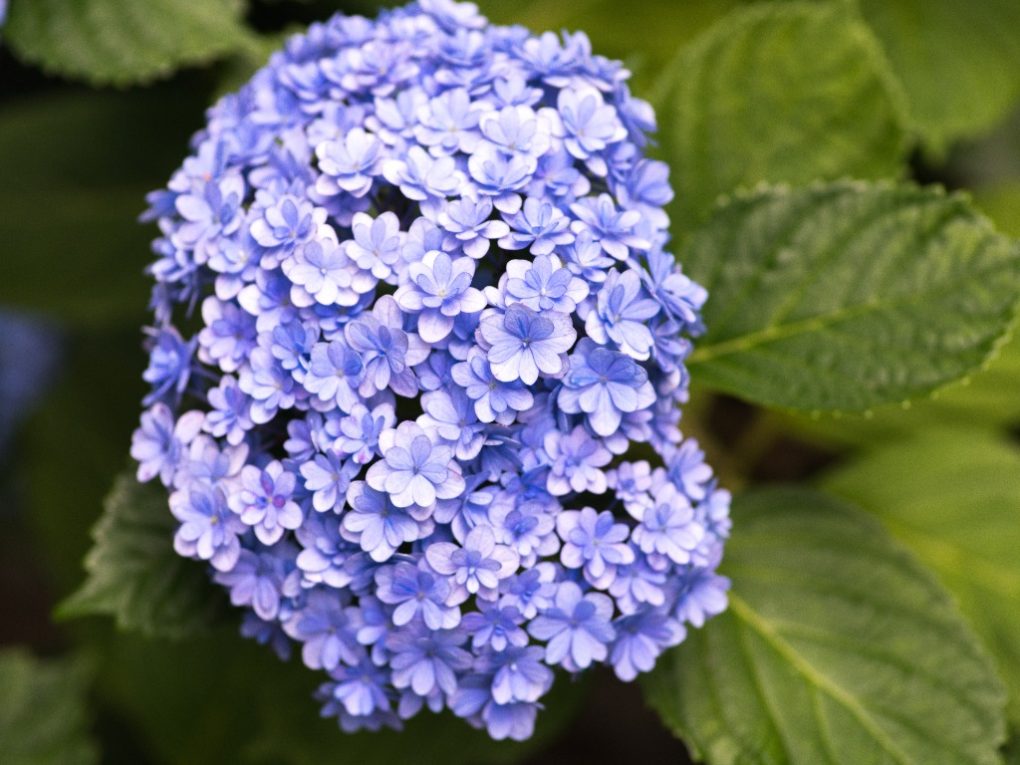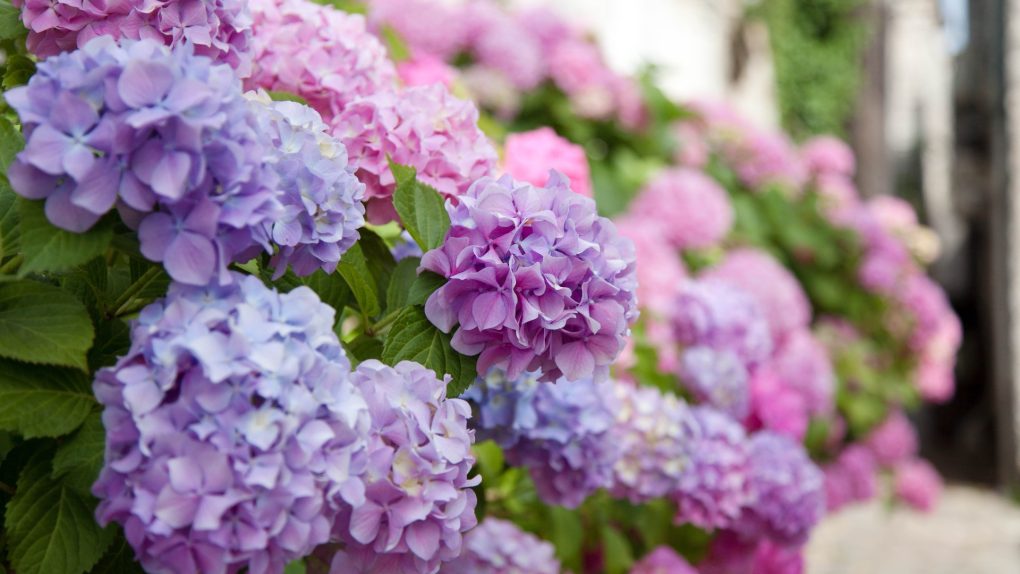What Part of Hydrangea is Poisonous? Expert Answers
The poisonous part of Hydrangea plants is mainly their leaves and flower buds contain glycosides, specifically hydrangenol and cyanogenic glycosides called amygdalin, which release hydrogen cyanide when ingested.

This can lead to symptoms such as nausea, vomiting, diarrhea, and can be potentially dangerous, especially in large quantities. However, the toxicity level in Hydrangeas is generally low to moderate, and severe poisoning is rare. Keeping children and pets away from these parts of the plant is crucial to avoid potential toxicity.
Table of Contents
Toxicity of Hydrangea
Hydrangeas are popular ornamental plants that can be found in many gardens. However, being aware of their toxicity is important, especially if you have pets or small children around. In this section, we will explore the toxic parts of the plant and the components that make them poisonous.
Parts of the Plant
All parts of the hydrangea plant are toxic, including the leaves, flowers, and stems. The level of toxicity can vary depending on the species of hydrangea and the amount ingested. However, it is important to note that even small amounts of the plant can cause symptoms of poisoning in pets and humans.
Toxic Components
The toxic components of hydrangea are cyanogenic glycosides, compounds that can release cyanide when metabolized by the body. The specific compound found in hydrangeas is called amygdalin. When ingested, amygdalin is broken into hydrogen cyanide, causing symptoms ranging from mild to severe.
Symptoms of hydrangea poisoning can include vomiting, diarrhea, abdominal pain, difficulty breathing, and even coma or death in severe cases. If you suspect your pet or child has ingested any part of a hydrangea plant, seek medical attention immediately.
It is important to note that not all hydrangea species have the same toxicity level. Some species, such as the climbing hydrangea, have lower levels of cyanogenic glycosides and are less toxic. However, it is still important to exercise caution and keep all parts of the plant out of reach of pets and children.
Symptoms of Poisoning
Hydrangeas are beautiful flowers that come in a variety of colors and shapes. However, it is important to be aware that certain parts of the hydrangea plant can be poisonous. Here are the symptoms of poisoning associated with hydrangeas:
Ingestion
If a person ingests any part of the hydrangea plant, the following symptoms may occur:
● Stomach pain
● Nausea
● Vomiting
● Diarrhea
● Dizziness
● Difficulty breathing
● Increased heart rate
● Fatigue
● Loss of appetite
● Coma (in severe cases)

Contact with Skin
Hydrangeas can also cause skin irritation if they come into contact with the skin. Symptoms of skin contact with hydrangeas include:
● Redness and swelling
● Itching
● Blisters
● Rash
It is important to be cautious when handling hydrangeas and to wear gloves if necessary. If skin contact occurs, immediately wash the affected area with soap and water.
Being aware of the potential dangers associated with hydrangeas is important. If you suspect a hydrangea plant has poisoned you or someone else, seek medical attention immediately.
Treatment for Hydrangea Poisoning
Hydrangeas are beautiful plants, but they can poison both cats and dogs. If you suspect your pet has ingested any part of the hydrangea plant, it is important to seek medical attention immediately.
First Aid Measures
If you catch your pet eating hydrangeas, remove as much plant material from their mouth as possible. If the ingestion was within the last 30 minutes, your veterinarian may suggest inducing vomiting to remove the poison. However, do not attempt to induce vomiting without consulting a veterinarian first.
It is also important to keep your pet calm and quiet to prevent the spread of toxins throughout their body.
Medical Treatment
Once you bring your pet to the veterinarian, they will perform a physical examination and suggest blood work and other diagnostic tests to determine the severity of the poisoning.
Treatment for your pet’s hydrangea poisoning depends on several factors, including its size, age, and overall health. For example, if your pet is experiencing gastrointestinal symptoms such as vomiting and diarrhea, your veterinarian may recommend supportive care such as fluid therapy and medication to ease their discomfort.
In severe cases, your pet may require hospitalization and more intensive treatment such as oxygen therapy and blood transfusions.
It is important to note that prevention is the best form of treatment. Keep hydrangeas and other poisonous plants away from your pets to prevent accidental ingestion.
Prevention of Hydrangea Poisoning
Hydrangeas are beautiful flowers that add color and texture to any garden or home. However, it is important to know that some parts of the hydrangea plant can be toxic to pets and humans. To prevent hydrangea poisoning, it is recommended to take the following precautions:
● Keep the plant out of reach of pets and children
● Remove any fallen leaves or flowers from the ground
● Wash hands thoroughly after handling the plant
● Do not use hydrangeas as a food source
● Teach children and pets not to eat plants

If you suspect someone has ingested part of the hydrangea plant, it is important to seek medical attention immediately. Symptoms of hydrangea poisoning can include vomiting, diarrhea, nausea, fatigue, depression, lack of appetite, and heightened heart rate and body temperature.
It is also important to note that commercially dried hydrangeas are often preserved with glycerine or other chemicals that can be even more dangerous to pets and humans. Therefore, if you choose to have hydrangeas in your home or garden, it is important to be aware of the potential risks and take the necessary precautions to prevent poisoning.
